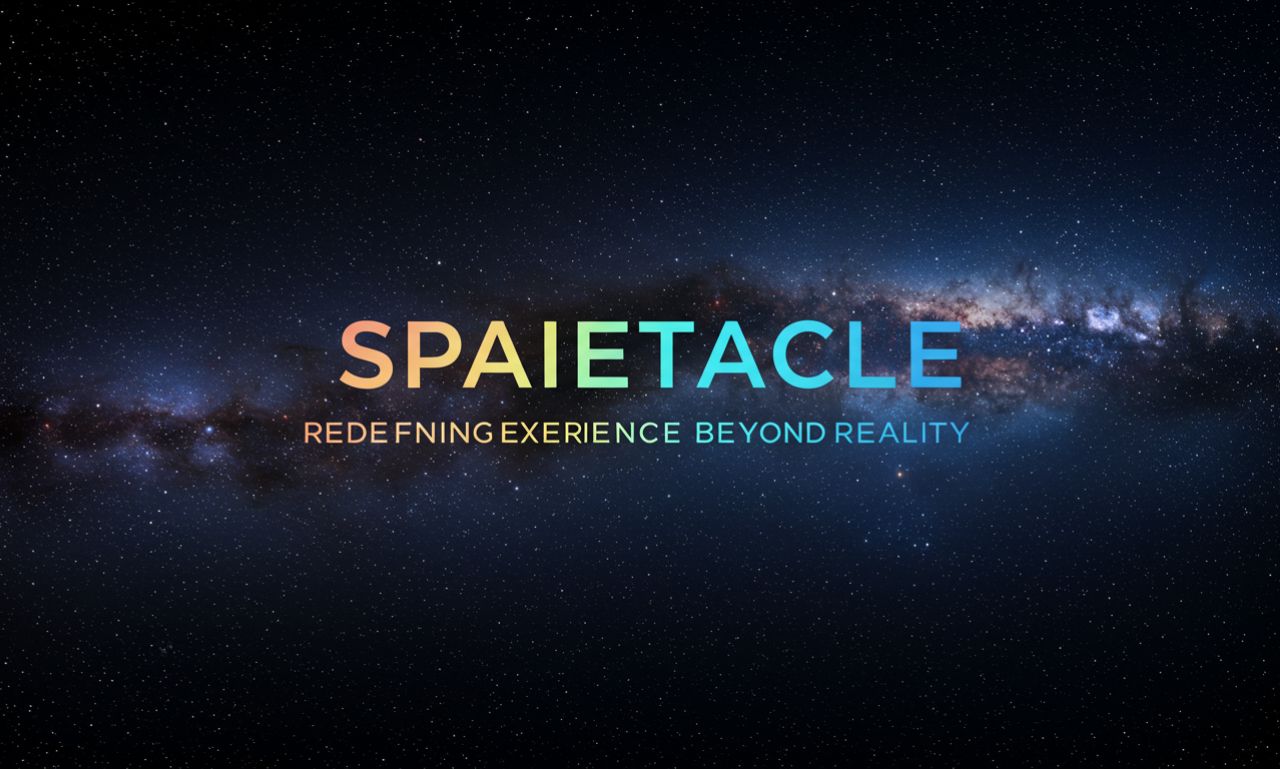Spaietacle is more than a trendy idea; it is an evolving philosophy that bridges the gap between reality and imagination. Unlike traditional forms of entertainment that focus solely on delivering a spectacle, spaietacle invites participants into a multi-layered journey. It is immersive, interactive, and deeply reflective, offering not just something to watch but something to experience at a sensory and intellectual level.
At its heart, spaietacle challenges perception. It blurs the lines between what is tangible and what is illusory, making people stop, question, and ultimately reconsider the way they engage with the world around them. This is why it cannot be confined to a single definition—it lives in the space between entertainment, art, education, and philosophy.
Spaietacle and Human Curiosity
Human beings are wired to explore, wonder, and search for meaning. Spaietacle taps into this innate drive. It is not passive entertainment; it requires active engagement. By stimulating curiosity, it encourages people to move beyond surface-level observation into deeper reflection.
Where a film may entertain and a lecture may inform, spaietacle does both simultaneously—and adds another dimension: discovery. Participants often leave not with answers, but with questions, and that is precisely the point.
The Layers of Spaietacle
The Sensory Layer
Spaietacle engages the senses. Soundscapes, visuals, textures, and sometimes even scents are deliberately crafted to build immersive environments. These elements pull participants into a reality that feels both familiar and foreign.
The Emotional Layer
Experiences that stir emotion are more memorable. Spaietacle leverages storytelling and symbolism to evoke awe, wonder, nostalgia, or even disorientation. These emotions deepen engagement and leave lasting impressions.
The Intellectual Layer
Spaietacle prompts reflection. It asks questions instead of handing out ready-made answers. This layer encourages participants to analyze their experiences and connect them to broader themes in society, art, or philosophy.
Spaietacle in Entertainment
Entertainment has always been about capturing attention, but spaietacle elevates this mission. It does not just entertain—it transforms. Instead of being a passive viewer, participants become part of the unfolding narrative.
In theatre, for example, a spaietacle might involve audiences moving through different physical spaces, interacting with characters, or solving puzzles that advance the story. In digital entertainment, spaietacle could blend augmented reality (AR) and virtual reality (VR) to craft worlds that merge with everyday surroundings.
Spaietacle in Education
Education often struggles with engagement. Spaietacle provides an answer by transforming learning into an interactive journey. Imagine a history lesson where students walk through a reconstructed ancient city using AR, not as bystanders but as participants in unfolding events.
Science education can also benefit: learners could explore molecules at a nanoscale through immersive visualization or experience the perspective of an astronaut in orbit. This blend of wonder and knowledge makes lessons unforgettable.
Spaietacle and Technology
Virtual Reality
VR is a natural partner for spaietacle, creating fully immersive environments where imagination becomes tangible.
Augmented Reality
AR overlays crafted illusions onto the real world, blurring the lines between actual and imagined spaces—an essential principle of spaietacle.
AI and Interactivity
Artificial intelligence allows it experiences to adapt to participants. Stories shift depending on choices, ensuring no two experiences are exactly alike.
The Philosophy Behind Spaietacle
At its core, it is a philosophy of perception. It suggests that what we call “reality” is often filtered, shaped, and even distorted by our senses and interpretations. By deliberately blurring real and artificial experiences, spaietacle makes participants question the boundaries of truth.
This philosophical foundation sets it apart from traditional media. It is not about escapism but about heightened awareness. Through illusions, paradoxically, it brings people closer to reality.
Spaietacle in Art and Culture
Art has always challenged perceptions, but it extends this into the participatory domain. Exhibits become experiences. Paintings may react to a viewer’s movement, installations may whisper sounds when approached, and sculptures may unfold new dimensions under certain lighting.
In culture, it connects communities. Festivals built around it allow visitors to immerse themselves in shared narratives, turning cultural heritage into living, breathing experiences rather than static displays.
The Emotional Power
Emotion drives memory, and it understands this deeply. By weaving narratives that surprise, provoke, and inspire, it creates connections that endure long after the event ends. Unlike fleeting entertainment, it becomes part of a participant’s personal story.
Challenges of Spaietacle
Despite its appeal, it faces challenges:
-
Accessibility – High-tech setups may limit availability to privileged groups.
-
Balance – Overuse of sensory overload can diminish authenticity.
-
Sustainability – Crafting large-scale immersive experiences may carry environmental costs.
The future of it will need to address these issues while preserving its depth and purpose.
The Future
The trajectory of spaietacle points toward greater integration into everyday life. We may see workplaces adopting it for training, cities using it for tourism, and families experiencing it as shared storytelling adventures at home.
As technology advances, the line between real and it will blur even further, making it an everyday dimension of human experience rather than an occasional event.
Conclusion
Spaietacle is not a passing trend; it is a transformative way of engaging with the world. It merges reality with imagination, teaching with entertainment, and art with technology. At its core, it is an invitation: to question, to wonder, and to participate in the unfolding story of perception itself.
The future of spaietacle is vast. As it continues to evolve, it may very well redefine how humans learn, play, and connect.
